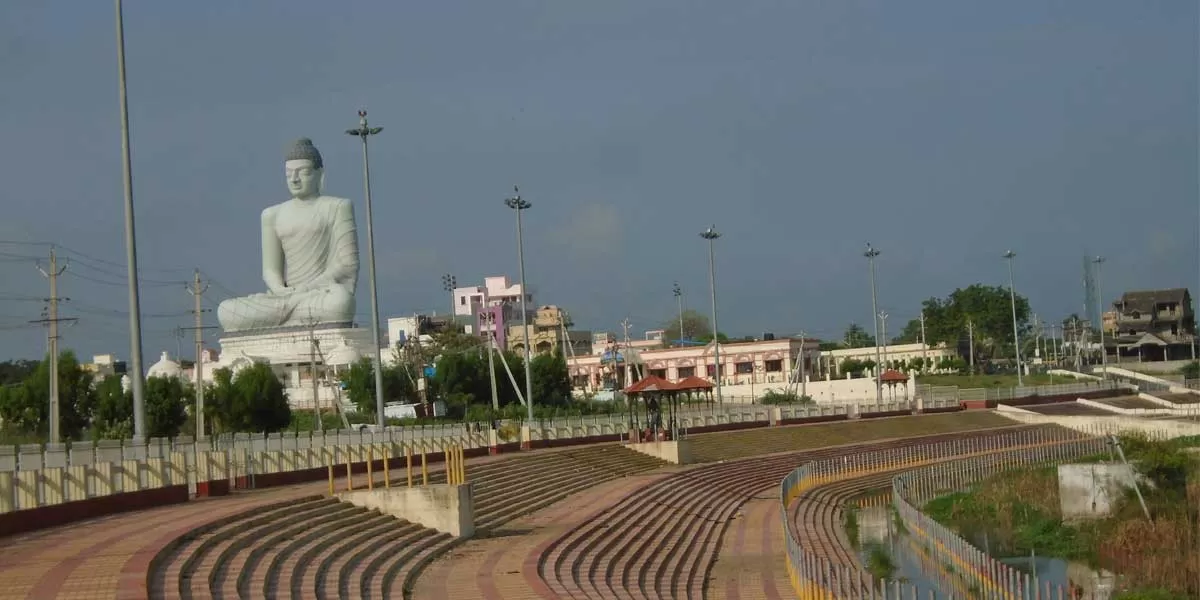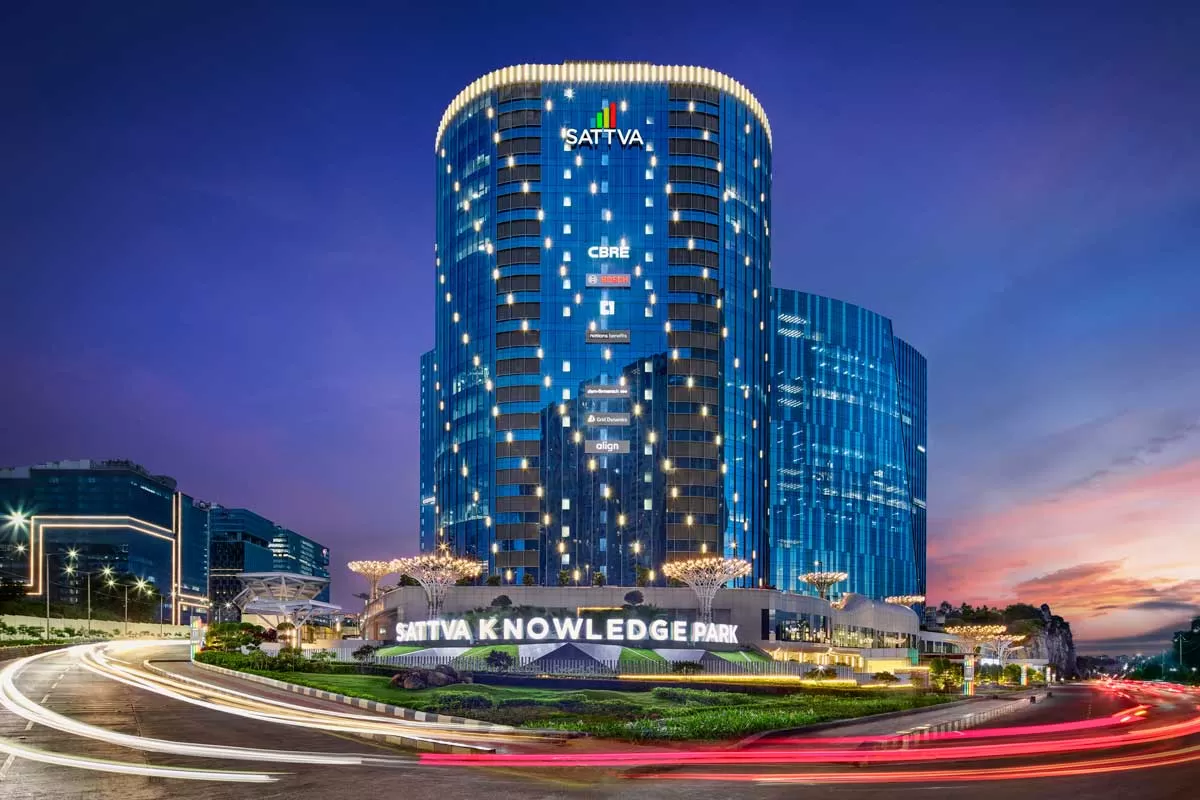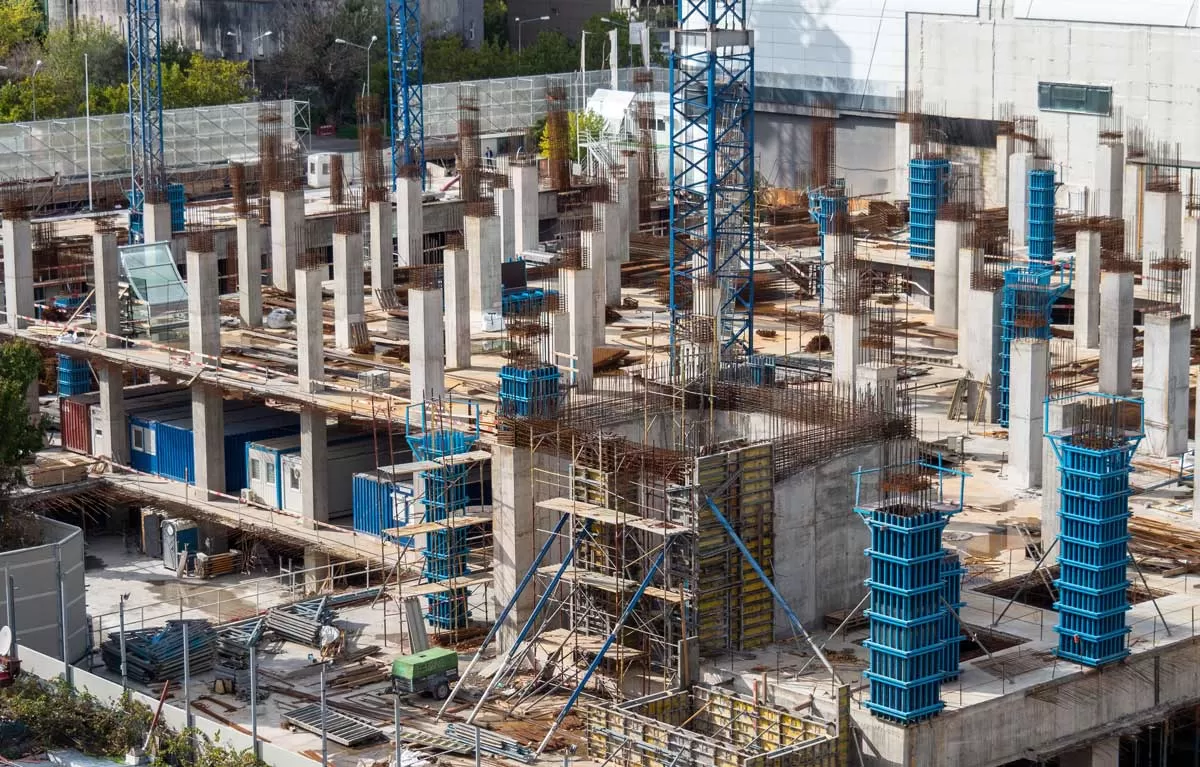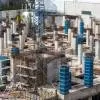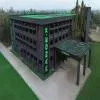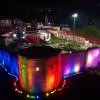Chief Minister N Chandrababu Naidu’s return to the hot seat in Andhra Pradesh has put the development of Amaravati, the proposed new state capital, into top gear. During his previous tenure, 24,000 farmers had pooled 35,000 acre, approximately 142 sq km of land for his dream city slated to span 217 sq km, well positioned between the state’s nodal urban centres of Vijayawada and Guntur.Naidu is known to appreciate Singapore’s “sustainable and liveable” features. So, nearly a decade ago, his TDP government had turned to Surbana Jurong of Singapore for the city’s three-part masterplan. About one-third of the capital area was proposed to be dedicated to residential spaces. Further, 30 per cent was proposed for parks and open spaces, 13 per cent for roads and infrastructure (covering 600 km by 2050), 11 per cent for commercial establishments, 10 per cent for special developments, and 4 per cent for industrial use.The 6.84 sq km heart of Amaravati was designed to be “better, greener and more modern than Singapore”, to quote Koh Lin Ji, Group Director, International Development Group of Building and Construction Authority of Singapore.But the change of government in 2019 stalled the development of Amaravati, as the new dispensation proposed to trifurcate power across three cities: Visakhapatnam as the executive capital, Amaravati as the legislative capital and Kurnool as the judicial capital. With the reins back in Naidu’s hands, that appears to be a thing of the past.Construction is slated to start on December 1 this year after experts complete a study of the current situation. The government has set a four-year timeline for the project, which is estimated to cost Rs.600 billion.Contractual opportunitiesNews has it that land prices in the vicinity of Amaravati started to pick up prior to the elections, in anticipation of TDP’s win.YV Ramana Rao, President, Andhra Pradesh Chapter, Confederation of Real Estate Developers Association of India (CREDAI), expects upwardly trending land prices to double in the next 18 months, buoyed by the state government getting to work quickly off the mark.The completion of unfinished residential buildings for bureaucrats, legislators and judges, thicket clearance work and lighting and repair works are getting underway in Amaravati.“Work will continue as per the original masterplan,” Bhaskar Katamneni, Commissioner, Andhra Pradesh Capital Region Development Authority, confirms to CW. “We have done a lot of roads, houses, buildings… a lot of work has [already] happened and more will happen in the next two to three years. There will be opportunities for the construction industry, for contractors.”As government buildings such as the Assembly, High Court, Secretariats, housing and others being constructed will be very large, having a cumulative covered area upwards of about 5-6 million sq ft, Nishant Gupta, Senior Associate Architect, Architect Hafeez Contractor, points out that the entire construction ecosystem is likely to find opportunities. “Only bigger contracting companies with the experience of handling such large projects will be able to compete in the tendering process. But as many of these companies subcontract parts of large projects to smaller players, local contracting companies are also likely to get engaged.”“Amaravati is a greenfield development, which means that there is a lot of ground work to do; the basic utilities, electrical and water and sewerage lines must be laid and roads constructed,” agrees A Nagamalleswara Rao, Chairperson, Builders Association of India, Andhra Pradesh Chapter. “We’re building from scratch so there is a lot of scope for the construction industry.”“A lot of geographical features like lakes and rivers in the vicinity of the proposed new capital city, must be diverted before [real-estate] development can start,” observes Kiran Varma, Director, 360 Broad Architects Engineers & Builders. Contractual opportunities will emerge as the government starts to work on these issues. The drainage system must first be developed.”Ramana Rao believes it would be better for the state government to tender out these development works to private contractors.Further, AN Rao points out that about 200 public-sector companies have been allotted land for units in the core area. “As these developments get underway, tendering will create opportunities for contractors,” he says. “Such construction activity will pick up.”Andhra Pradesh Municipal Administration Minister P Narayana has indicated that the development works will be completed in the next 30 months.“The present government is prioritising completion of the first phase of work within one-and-a-half years,” says Ramana Rao.Real-estate developmentRecently, the states’ Municipal administration and urban development minister Ponguru Narayana reached out to real estate developers through CREDAI, saying it would ease norms for the layout and construction of buildings and introduce technology to enable permits to be issued through a single window.“We must understand the situation on the ground in Amaravati and, hence, the opportunities that are genuinely likely to arise,” says Gulam Zia, Senior Executive Director - Research, Advisory, Infrastructure and Valuation, Knight Frank India. “While a lot of effort has been made on the masterplan, including the placing of institutional buildings, industrial areas and so on, even if the government buildings are completed in the next 24 months, thereafter, there will only be a need for housing for employees of those departments, which the government is working on.”Drawing cues from the development of another greenfield city, GIFT City, near Ahmedabad, he reasons that opportunities for developers will only emerge when the government invites bids for plots allocated for commercial and residential real estate. “It takes 30-40 years for real estate to take off in a new city,” he says.Also, opportunities for individual investors are a long time away, Zia cautions. “No real-estate investment in Amaravati is going to yield a return in the next four to five years. Certainly, adventurous investors can think of investing in agricultural land in the vicinity, but such investments are risky.”Some developers are more optimistic.Srinivas M, Director, Marketing, Sree Chaitanya Constructions, Hyderabad, predicts, “Amaravati may hold a lot of potential for real-estate developers after five to seven years.”Demand aspectsAnshuman Magazine, Chairman & CEO - India, South-East Asia, Middle East & Africa, CBRE, expects demand for land in the capital region to increase after the recent announcement of Amaravati as the sole capital. However, in the long term, the demand for land will depend on the momentum in activities and infrastructure development pushed by the government.“In particular, the government’s ability to create an investor-friendly ecosystem for businesses to flourish, including developing service-oriented industries, educational hubs and knowledge-based industries, would be critical in developing a new metropolis,” he says. “While developers, multilateral institutions and others showed considerable interest in the development project during Naidu’s previous tenure, their concern about policy continuity will now favour a cautious approach.”The past five years have seen a lot of migration from Andhra Pradesh to Telangana (Hyderabad) because of the poor prospects in the former state, reflects Srinivas.“If development in Andhra Pradesh picks up, we can expect this migration to stop and demand for real estate to grow. But four in five buyers in Andhra are more likely to demand plots of land as opposed to residential apartments. At present, buyers are in a wait-and-watch mode.”In the next few years, AN Rao believes limited demand will arise for affordable housing while the demand for medium and high-end housing will be minimal. He also believes land prices in the demarcated area are already fairly high, and this may be a deterrent to the outright procurement of land parcels for commercial and residential development. “Leasing land would be more feasible,” he says. “But private companies wanting to start commercial activity in Amaravati can find space in buildings that have already been constructed.”Sustainable cityIn this day of sustainable cities, Amaravati has a great opportunity to get it right from the start. Vimal Nadar, Senior Director & Head, Research at Colliers India, emphasises the need to adopt a cohesive land-use strategy that would preserve Amaravati’s heritage, farmlands and water bodies, and simultaneously integrate residential, commercial, industrial, and retail avenues in the urban fabric of the city. “Mass rapid transit systems, inclusive public amenities, affordable housing, and emphasis on sustainable elements such as green buildings are pivotal components in the journey of this new city,” he says. Further, Nadar believes Amaravati’s liveability quotient can benefit from the incorporation of best practices seen in prominent planned cities such as Singapore. Incorporating context-appropriate solutions and urban designs by being mindful of the people’s demand can add community value, and thus enhance the city’s liveability quotient. “Neighbourhoods with well-designed streets, green roofs and proper street setbacks would be more people-friendly. Prioritising green spaces, public transport facilities and advanced tech-based facilities that improve air quality and reduce the impact of climate change are some crucial ways to ensure the wellbeing of urban residents. Favourable government policies and initiatives that focus on social inclusivity will further stimulate the economic growth of the city. A few noteworthy examples of sustainable practices across the globe include mixed-use real estate development, pedestrian-friendly streets and a riverfront development plan.”Varma emphasises the need for consistent development across the city rather than a particular side and the need to ensure that Amaravati is easy to approach by road.On that note, are you inspired to drive over?- Charu Bahri
